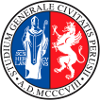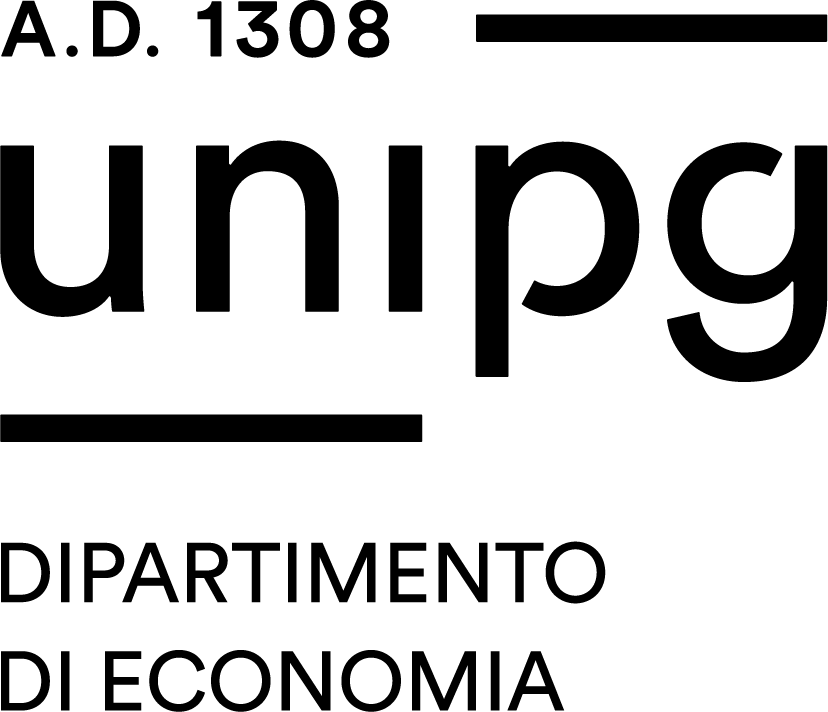Study-unit ARCHITECTURAL RESTORATION
| Course name | Building engineering and architecture |
|---|---|
| Study-unit Code | GP003198 |
| Curriculum | Comune a tutti i curricula |
| Lecturer | Marco Petrini Elce |
| CFU | 12 |
| Course Regulation | Coorte 2021 |
| Supplied | 2025/26 |
| Supplied other course regulation | |
| Type of study-unit | Obbligatorio (Required) |
| Type of learning activities | Attività formativa integrata |
| Partition |
ARCHITECTURAL RESTORATION - LABORATORY
| Code | GP003209 |
|---|---|
| CFU | 3 |
| Lecturer | Riccardo Liberotti |
| Lecturers |
|
| Hours |
|
| Learning activities | Caratterizzante |
| Area | Teorie e tecniche per il restauro architettonico |
| Sector | ICAR/19 |
| Type of study-unit | Obbligatorio (Required) |
| Language of instruction | Italian |
| Contents | Methodological analysis of an architectural restoration project. Historical analysis, architectural survey, analysis of material and structural degradation and consolidation |
| Reference texts | G. Carbonara, Trattato di Restauro Architettonico, vol 1-4, Utet, 2003 B.P. Torsello e S.F. Musso, Tecniche di restauro architettonico, Utet, 2003 M. Mariani, Trattato sul consolidamento e restauro degli edifici in muratura, DEI, 2012 F. Cucco, Statica e consolidamento degli edifici storici, Grafill, 2008 |
| Educational objectives | Development of abilities concerning the diagnostic activities for the identification of material and structural critical aspects of historical constructions. Acquisition of skills for the identification of right solution for material restoration and structural consolidation. |
| Prerequisites | History of Architecture. Methods of architectural survey. Principles of solid mechanics and basic concepts derived by the mechanic of structures. |
| Teaching methods | Lectures and practical exercises. |
| Other information | Face-to-face lectures, individual practical exercises and a group project exercise, with punctual in-depth seminars. |
| Learning verification modality | Practice exercises on a specific thematic project of architectural restoration. |
| Extended program | Introduction to the architectural restoration project. Analysis of the actual context concerning the case of study. Methods of historical and archive investigations for the study of knowledge. Brief cites of architectural survey applied to complex structures. Material and masonry textures survey. Analysis of the material degradation, with specific attention to bricks and stones. Analysis of structural degradation, damage of masonry structures and consolidation techniques. Structural analysis of arches, vaults and domes. Introduction to the seismic response of masonry structures. |
| Obiettivi Agenda 2030 per lo sviluppo sostenibile | Sustainable cities and communities. |
ARCHITECTURAL RESTORATION
| Code | GP003208 |
|---|---|
| CFU | 9 |
| Lecturer | Marco Petrini Elce |
| Lecturers |
|
| Hours |
|
| Learning activities | Caratterizzante |
| Area | Teorie e tecniche per il restauro architettonico |
| Sector | ICAR/19 |
| Type of study-unit | Obbligatorio (Required) |
| Language of instruction | Italian |
| Contents | The teaching, in synergy with the laboratory module and integrated with seminars, is divided into theoretical lessons, classroom reviews and group design exercises. An initial approach is proposed focused on the history and theory of architectural restoration which, starting from the Renaissance, reaches the latest contemporary theories through the analysis of emerging schools in the field of valorization and conservation of built heritage. In the second part of the course, a case study is examined on which the historical critical analysis activity is carried out aimed at the restoration project of the property. |
| Reference texts | Carbonara G., Approach to Restoration. Naples, Liguori publisher Torsello B.P., Musso, S.F., Architectural restoration techniques. Turin, Utet publisher , 2003. Baldini U., Restoration Theory. Florence, Nardini 1982 Ceschi C., Theory and History of Restoration. Bulzoni publisher 1957 Zevi L., The Manual of Architectural Restoration, Rome. Mancosu publisher 2001 Rocchi P., Treatise on Consolidation. Rome, Mancosu 2001 Docci m., Maestri D., The architectural survey. Bari, Laterza publisher 1982 Brandi C., Restoration Theory. Rome, La Nave di Teseo publisher 2022 Further bibliographical insights will be indicated for the various planned exercises. The teaching materials are also made available on the UniStudium platform. |
| Educational objectives | Acquisition of suitable general skills on the history and theory of architectural restoration, Development of adequate critical capacity aimed at a correct analysis of the historical genesis and the actual state of the building. Knowledge and design mastery deduced from a careful historical-critical analysis of the work to be restored. Development of the ability to listen to the context in its historical-cultural process. Identification of the correct language of contemporary grafts to be included in the restoration project. Development of adequate sensitivity to coherently fit into the delicate relationship between conservation and innovation. Acquisition of suitable general skills on the valorisation of cultural heritage. |
| Prerequisites | Architecture history. Architectural composition. Architectural survey methods. |
| Teaching methods | Lectures, individual practical exercises and a group design exercise, including timely in-depth seminars. |
| Other information | Attendance optional but strongly recommended. |
| Learning verification modality | The oral test, lasting approximately 45 minutes, is aimed at verifying the level of knowledge of the topics and case studies covered by the course and the ability to understand and summarize achieved by the student. The competence in explaining the issues addressed, their interrelationships and possible interventions will also be assessed with particular reference to the student's personal contribution in dealing with the project work drawn up in a group on the year's theme. |
| Extended program | History of architectural restoration Theory of architectural restoration Introduction to the restoration project in history and in the contemporary through the presentation of the works of the greatest exponents of the national/international scene. Study of historical surfaces, including plaster and stone. Museum displays Critical analysis of the context and state of affairs of an asset. Architectural survey references and necessary in-depth analysis relating to complex artefacts with related field exercises, with suitable instrumentation. The contemporary architectural restoration project, from concept to metric calculation |
| Obiettivi Agenda 2030 per lo sviluppo sostenibile | Sustainable cities and communities. |


